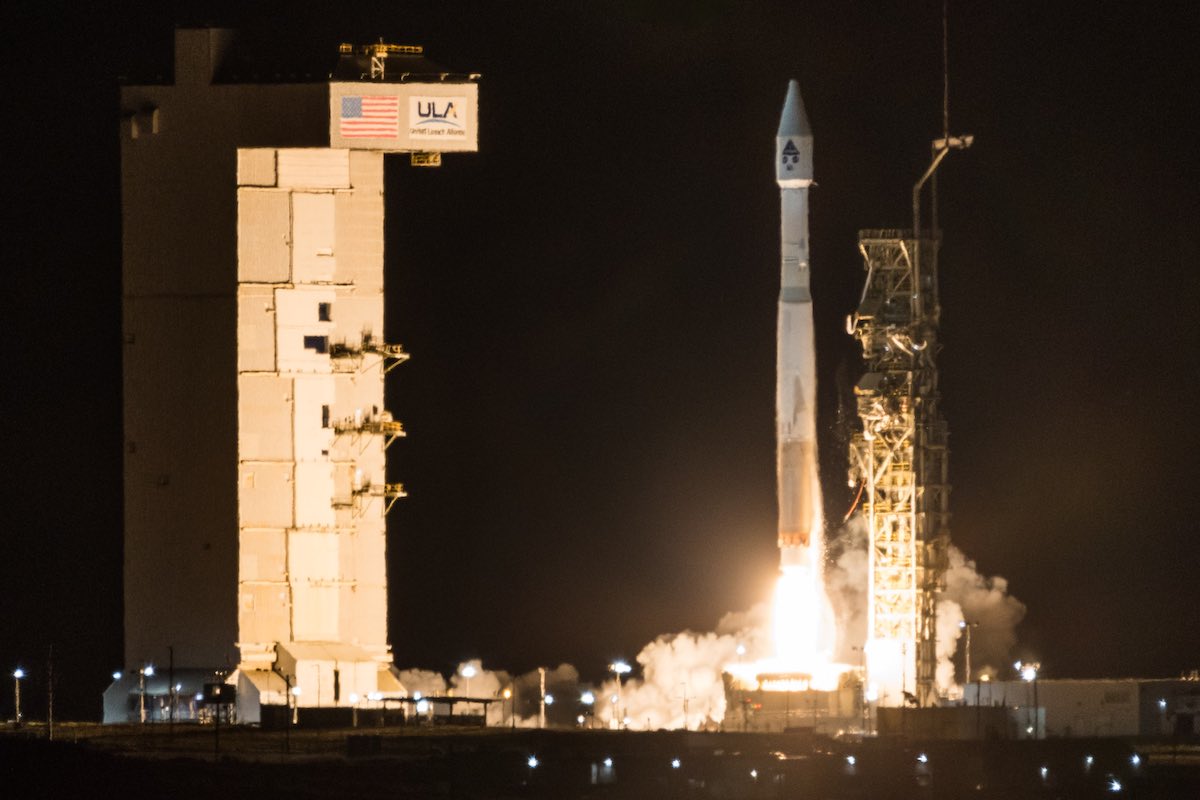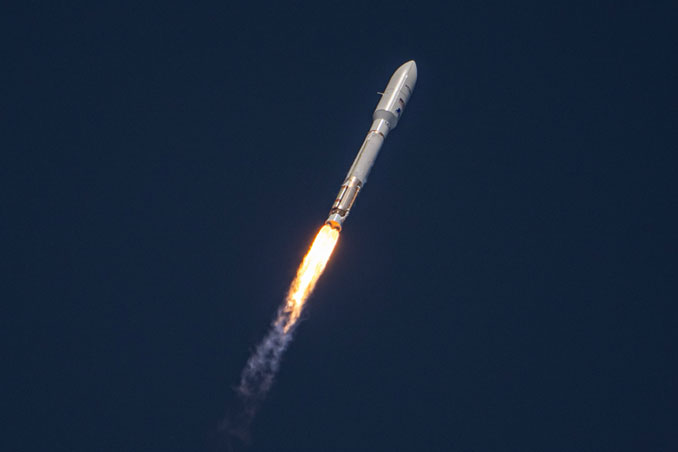Intuitive Machines’ Nova-C lander, named ‘Odysseus,’ displayed prior to encapsulation inside a pair of SpaceX Falcon 9 payload fairings. Image: SpaceX
Update 11:05 p.m. EST: SpaceX and Intuitive Machines scrubbed the launch attempt for Wednesday morning.
A launch pad billed as the Apollo program’s “Moonport” is once again preparing to send off a mission bound for the Moon. More than 50 years after Apollo 17, SpaceX’s Falcon 9 rocket aims to launch Intuitive Machines’ robotic Nova-C lander, named Odysseus, on a lunar journey Wednesday morning.
The mission, dubbed IM-1, has a 15-second launch window that opens at 1:05 a.m. EST (0605 UTC) at Launch Complex 39A. It will kick off a roughly eight-day journey to the Moon, culminating in a landing late in the day on Feb. 22.
IM-1 will be the second flight for NASA’s Commercial Lunar Payload Services (CLPS) program. NASA purchased space for six scientific instruments at a cost of just under $118 million. The agency spent about $11 million to design and build the instruments.
Among those are cameras that will help create a 3D rendering of the dust kicked up at landing, a tech demonstration that will help with future landing accuracy and sensor that uses radio waves to detect how much propellant is inside the lander.




































